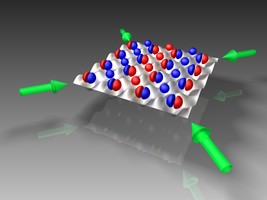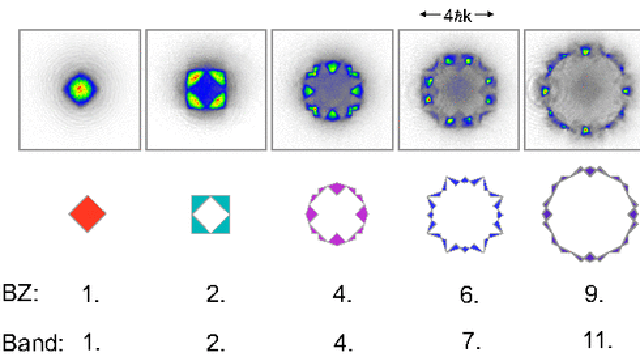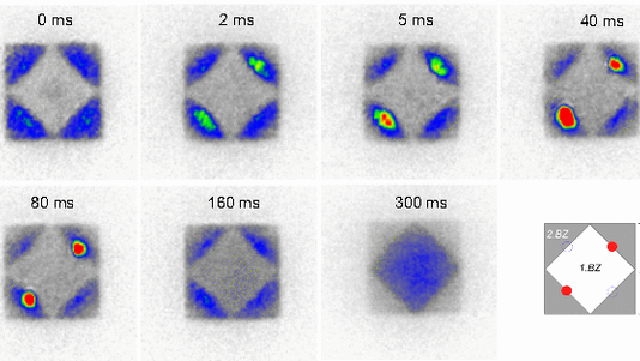Unconventional quantum phases in optical lattices
Max hachmann, Yann Kiefer, José Vargas, Carl Hippler, Raphael Eichberger, Andreas Hemmerich
Introduction
Introduction

Quantum degenerate atomic gases filled into periodic potentials made of laser light provide a versatile experimental arena for emulating elementary lattice models of condensed matter theory with exceptional precision and control. The possibility to form and probe novel quantum phases within such optical lattices has caused widespread excitement culminating in hopes that long standing riddles of condensed matter, as for example high-temperature superconductivity could be simulated in clean environment controlled to perfection.
The physics accessible with atoms populating the lowest band of an optical lattice is, however, limited to quantum states composed by local s-orbitals. Hence, in order to access the rich world of orbital degrees of freedom, which often play a dominant role in electronic matter, higher bands have to be addressed. The physics accessible with bosons in the lowest band, which naturally condense in the ground state, appears particularly limited, since under most general circumstances bosonic ground-state wavefunctions are necessarily positive definite and hence topologically trivial. In higher bands, however, orbital degrees of freedom give rise to far more complex minimal-energy states typically consisting of a manifold of nearly degenerate components. Hence, the structure of the minimal-energy state may crucially depend on even small interactions.
Our research on optical lattices aims to prepare bosons and fermions in higher bands and thus form new many-body phases, showing unconventional properties similar or complementary to those known to occur in electronic condensed matter. The ultimate goal is to gain new insights on how collective properties or unexpected symmetries emerge from microscopic interactions.


